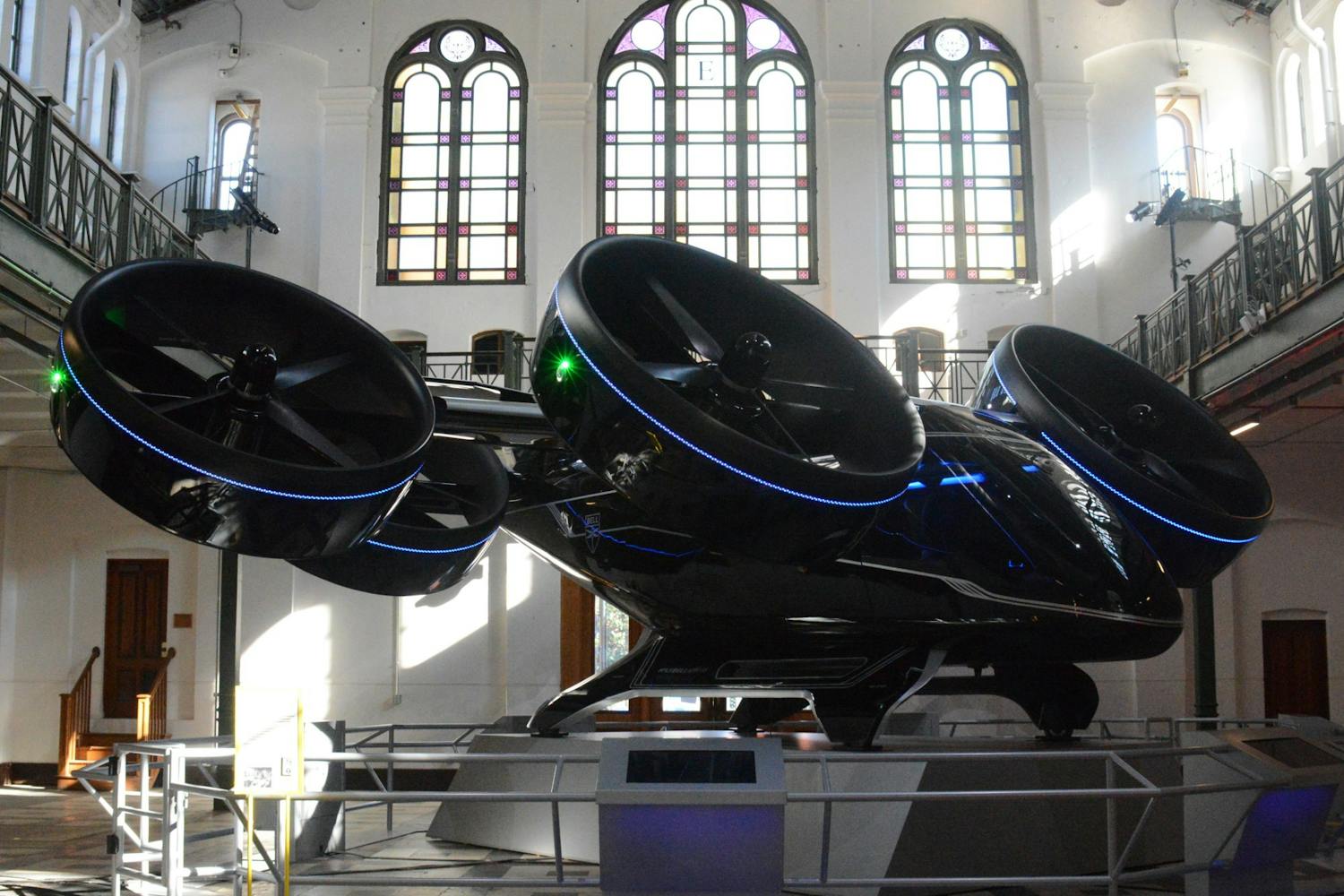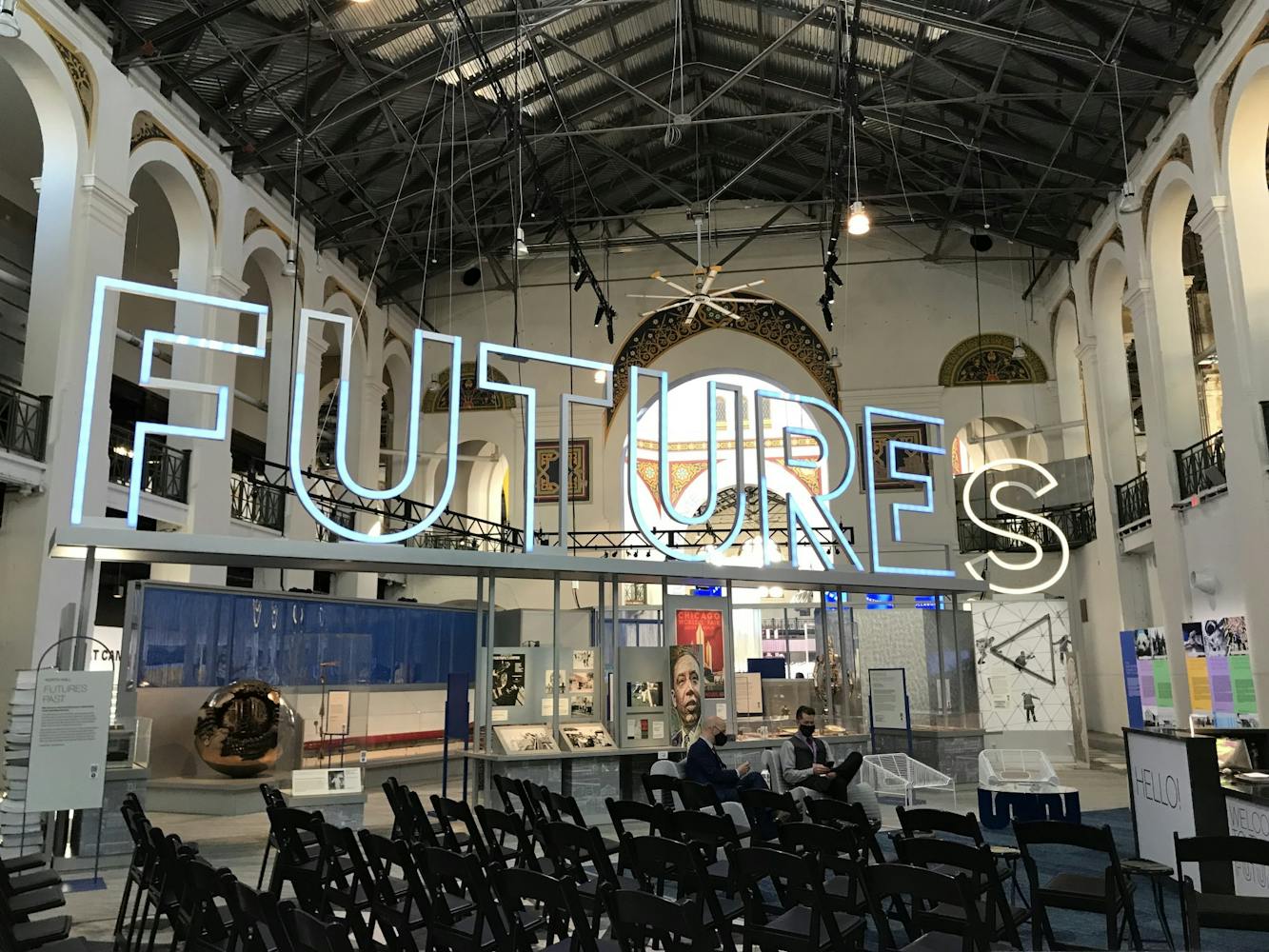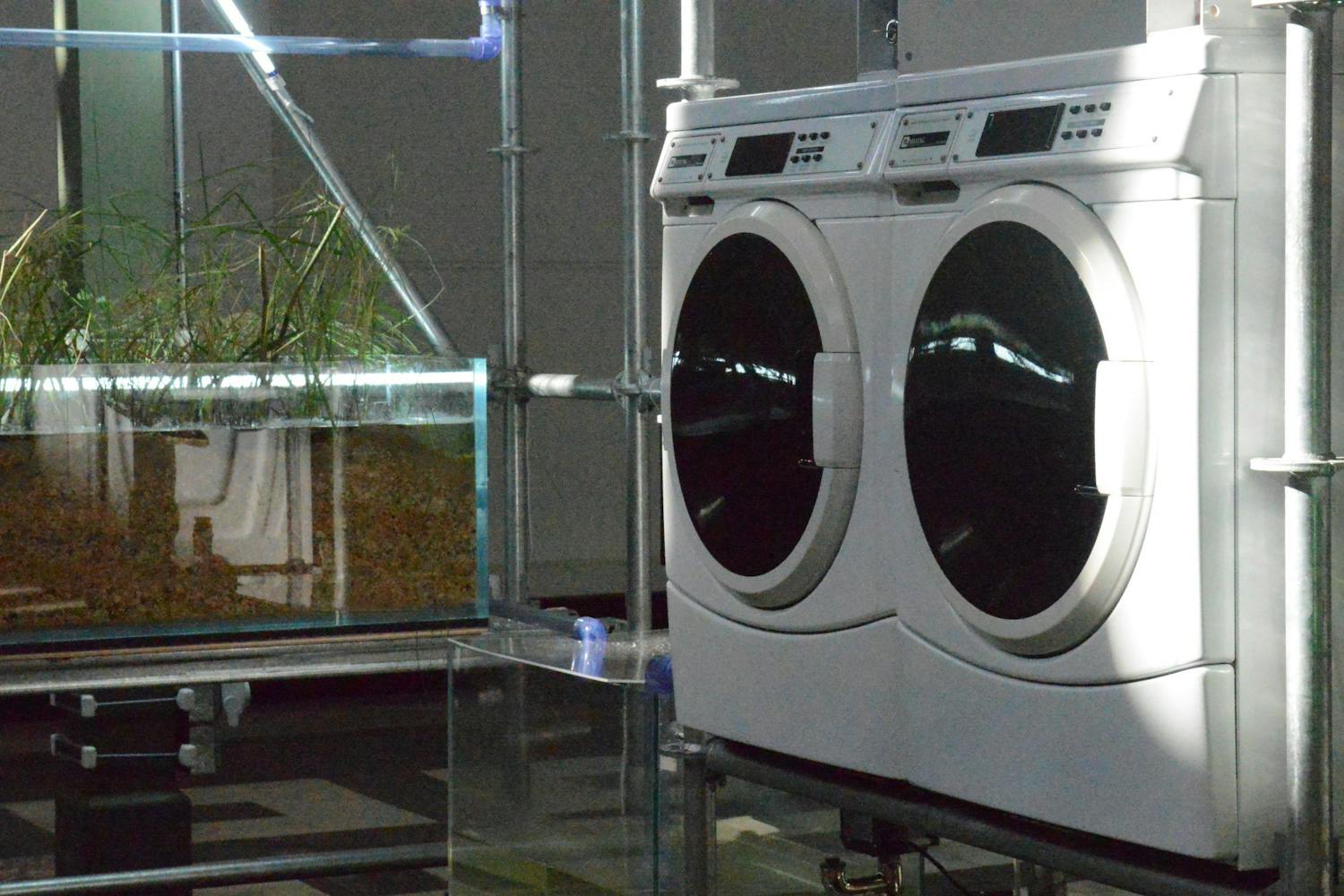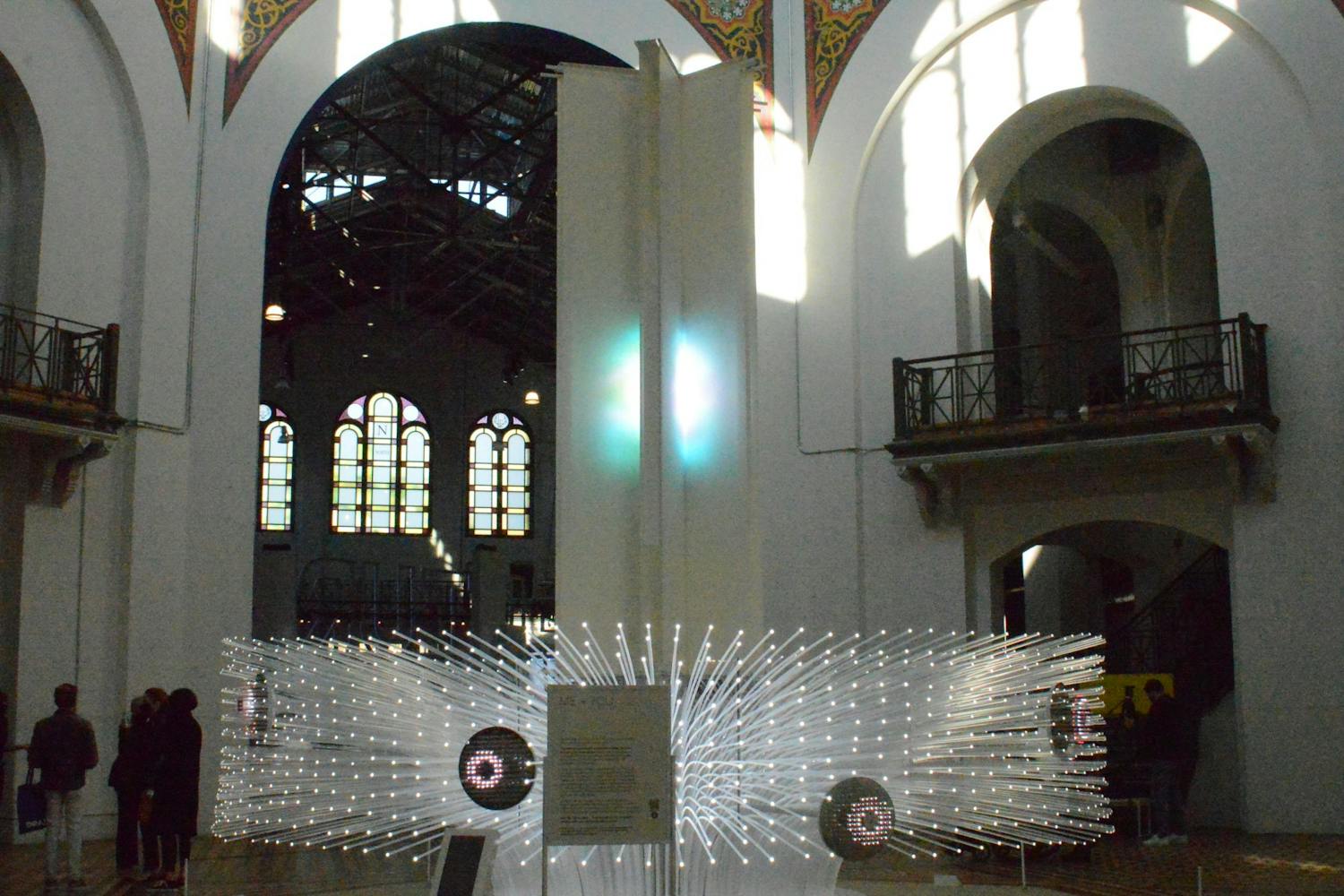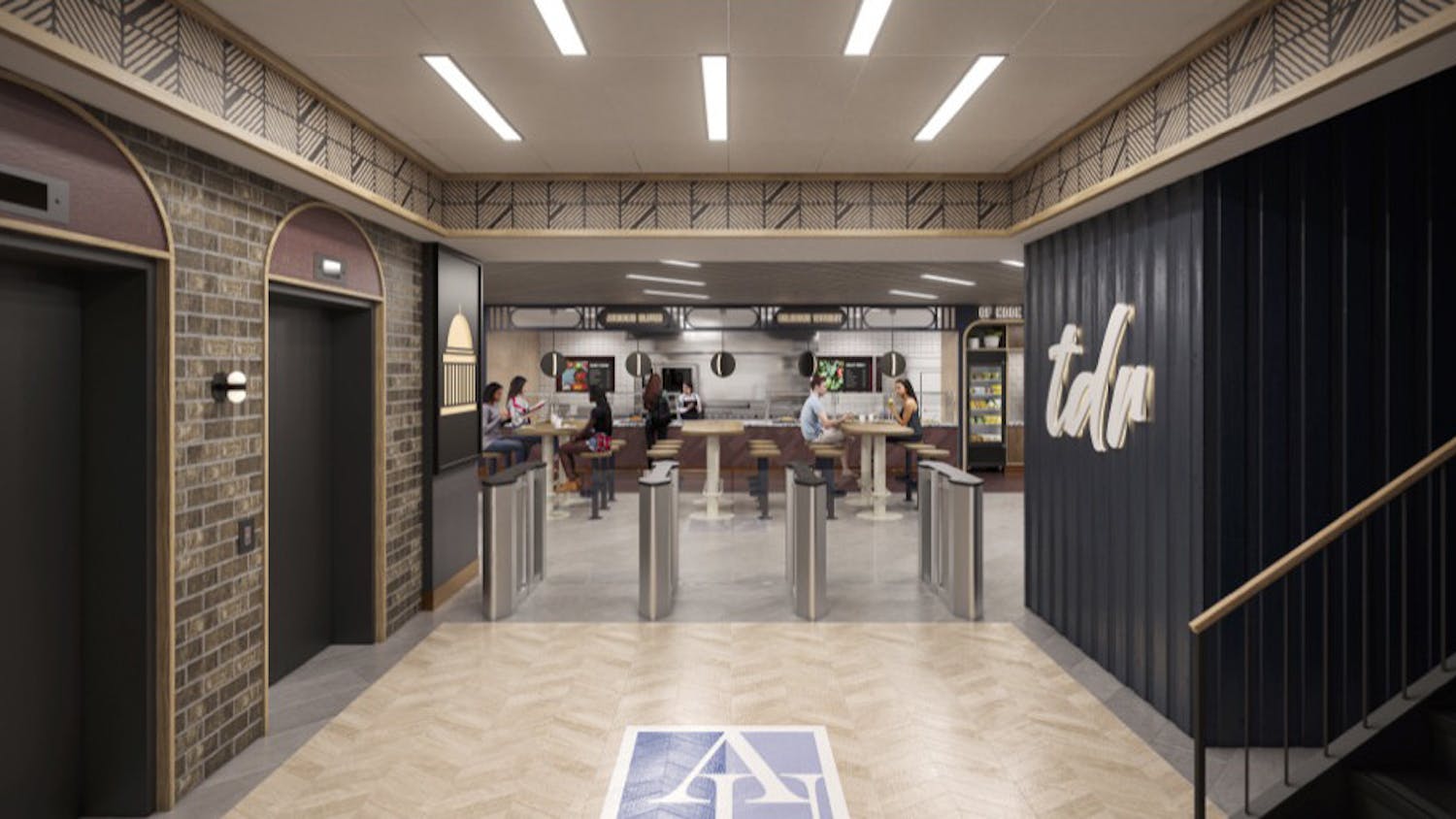The Smithsonian’s Art and Industries Building reopened for the first time in almost 20 years on Nov. 20, displaying objects from the past, present and future in its “FUTURES” exhibit.
Museums are often a place of reality, facts and answers, but AIB’s first floor is dedicated entirely to the curious and their questions.
Rachel Goslins, director of the Smithsonian’s AIB, said she wanted the display to highlight societal values.
“We wanted to ask, not answer, questions,” Goslins said to a crowd of visitors. Some of the questions Goslins wanted to propose for the project were “What kind of future do you want to live in?” and “What do people want out of the future?”
In addition to the art of asking questions, the exhibit focuses on those who are often left out of the answers: underrepresented communities and minorities. Over 60 percent of the exhibit’s objects include the work and voices of people of color, women, LGBTQ+ people and disabled people, Goslins said.
The museum is set up in a cross-like formation, with each wing dedicated to each idea: futures past, futures that work, futures that unite and futures that inspire. Each wing features forms of digital or interactive works as well as static pieces: playing Minecraft with only your eyes is in a room adjacent to 1970s Earth Day pins.
“Futures Past” highlights how far civilization has come and how far it has to go. This wing features the Bakelizer, the first machine to produce plastic, a material that has transformed life but has also changed earth’s sustainability: “It is estimated that eight million tons of plastic are dumped into the ocean every year,” reads the museum plaque.
A timeline in the wing reminds visitors that the late civil rights leader and congressman, John Lewis, had been appealing to Congress since 2003 for a museum dedicated to Black history; his hope and vision came to fruition in 2016 with the opening of the National Museum of African American History and Culture.
“Futures That Work” focuses mainly on sustainable pathways for the future; if there is no earth, there is no future. “FUTURES” is the only exhibit around that allows you to do laundry — this wing features a sustainable future in sanitation and greener ways of living. The “Coin Operated Wetland” uses water from a washing machine to “power” a tank of wetland plants.
Monica Montgomery is the programs and social justice coordinator. In “Futures That Unite,” she wants visitors to wonder “how we share futures together.”
The Unite wing features the success of modern day everyday technology, alongside possible future realities. For example, a World War I prosthetic arm has evolved into soft exosuits: devices that help entire body movements for those that have bodily limitations.
Lastly, the “Futures That Inspire” brings sci-fi dreams into reality. Here, you can find a flying car, now known as the Bell Nexus, which has the potential to become the next rideshare platform. Futures of yesterday exist in this space: jetpacks. Futures of an expanding planet exist here too: models of a floating city. Costumes from Marvel’s “Eternals” can also be found here.
The Rotunda features artwork from Suchi Reddy. “Me + You” allows visitors to leave their mark on the museum by leaving messages through the machine’s “eyeballs,” which are then stored in a digital archive — the colorized part of the interactive sculpture.
“FUTURES” is not just a sci-fi treat, but an emotional collection of scientific, technological and imaginative realities, or in this case, futures.

